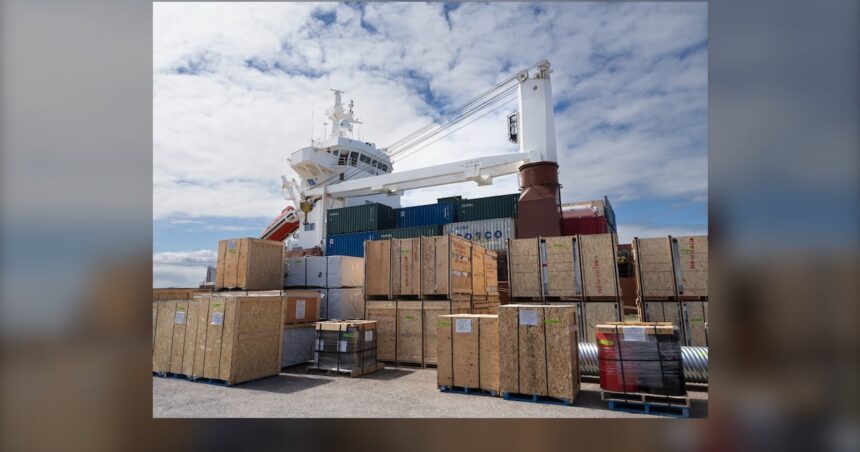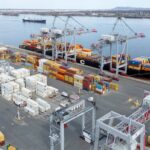In a strategic move that signals growing confidence in Canada’s Arctic shipping capabilities, Manitoba and Saskatchewan have announced a combined $175 million investment in the Port of Churchill, Canada’s only Arctic deep-water port. The announcement comes as both provinces seek to secure reliable export routes amid ongoing international trade disputes that have disrupted traditional supply chains across North America.
“This investment represents more than infrastructure funding—it’s about positioning the Canadian Prairies for economic resilience in uncertain times,” said Manitoba Premier Sarah Davidson during yesterday’s joint announcement in Winnipeg. “The Port of Churchill offers a viable alternative to increasingly congested southern routes, particularly as we navigate the current trade environment.”
The investment, which will be disbursed over five years, focuses primarily on modernizing loading facilities, extending the shipping season through advanced ice management technologies, and upgrading rail connections to improve reliability. These improvements aim to address longtime challenges that have limited the port’s utilization despite its strategic location providing the shortest shipping route between North America and Asian markets.
Saskatchewan’s contribution of $75 million reflects the province’s growing grain export needs, with Premier Michael Novak emphasizing the port’s importance to Prairie farmers. “When trade disputes close doors, we must open windows,” Novak stated. “Churchill represents our northern window to global markets, particularly as traditional export channels face unprecedented pressures.”
The Port of Churchill has experienced a remarkable revival since its 2016 closure, when severe flooding damaged the Hudson Bay rail line and previous owners abandoned operations. Following its acquisition by Arctic Gateway Group—a partnership between indigenous communities, local governments, and private investors—the port has gradually rebuilt its shipping capacity, handling over 800,000 tonnes of grain in 2024.
Economic analysts from the University of Manitoba suggest the timing of this investment correlates directly with ongoing trade tensions between Canada and its traditional trading partners. Dr. Elaine Thomson, Professor of International Trade Economics, explains: “We’re witnessing a fundamental shift in global trade patterns. The Churchill route potentially reduces shipping time to European markets by 4-5 days compared to routes through the St. Lawrence Seaway, creating significant cost advantages when traditional channels become problematic.”
Environmental considerations also factor prominently in the investment strategy. The port development includes $28 million specifically allocated to environmental monitoring and protection measures, addressing concerns about increased Arctic shipping. Indigenous communities along Hudson Bay, who hold a 30% ownership stake in the port, have been instrumental in designing these safeguards.
“This represents a new model of development,” said James Beardy, chairman of the Indigenous Port Partnership Council. “For the first time, northern communities aren’t just consulted about development—we’re driving it, ensuring both economic benefits and environmental protection.”
Federal participation remains notably absent from the current funding package, though Transport Canada officials have indicated potential support through the National Trade Corridors Fund later this year. The federal government’s hesitation appears linked to ongoing environmental reviews and competing infrastructure priorities in southern Canada.
Critics, including opposition members in both provincial legislatures, question the substantial investment while other regional infrastructure needs remain unaddressed. “The Churchill dream has consumed provincial funds for decades with limited returns,” said Manitoba opposition leader Daniel Harris. “Without federal coordination and guaranteed shipping volume commitments, we risk pouring more money into permafrost.”
However, with global shipping companies including Maersk and Mediterranean Shipping Company expressing preliminary interest in expanded Arctic routes, the investment may prove timely. Industry projections suggest northern shipping volumes could increase by 25% by 2030 as climate change extends the navigation season and trade patterns continue evolving.
As Canadian provinces position themselves for economic resilience in an increasingly unpredictable global trade environment, the Churchill investment raises a compelling question: Will Canada’s northern ports finally fulfill their long-promised potential as vital trade gateways, or will persistent challenges continue to limit their role in the nation’s economic future?














